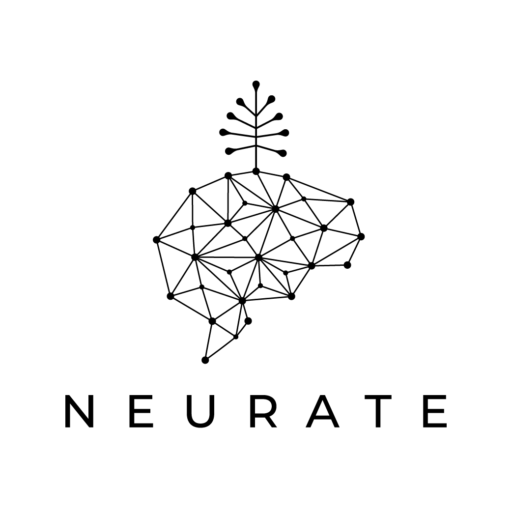Social bonds increase the quality of life by strengthening positive feelings, self-esteem, longevity, and recovery and reduce the risk for mental illness. The health benefits of rich social ties outweigh other lifestyle factors such as smoking, diet or exercise!
They have long-lasting effects on brain structure, its connectivity and on the function of neural circuits.
For example, participants viewing pictures of a romantic partner reported reduced pain and showed higher activity in the brain area registering pleasure (a), and lower activity in the pain-processing network (b). Secure attachment promoted feelings of safety and comfort that was reflected in brain activity.
Experiments show that social support dampens the neuroendocrine stress response by reducing cortisol levels and attenuating the activity of the HPA axis (c). This effect is mediated by reducing the sensitivity of higher emotional brain areas to social threats. Relationships help us reframe stressful experiences, reflecting positively on the brain and body.
Oxytocin is a key player in regulating the protective effects of social ties, with synchronous social interactions (d) increasing its natural production. Neuroimaging studies showed that social synchrony activates several brain areas in charge of detecting and sharing emotions and mind states and increased feelings of affiliation, closeness, cooperation, and generosity in the other.
After taking oxytocin, participants became more emotionally expressive and were better at recognizing emotions in others, compared to placebo. This means that we become better communicators when synchronizing with others, which is mediated by oxytocin. Nurturing social bonds creates a biobehavioral feedback loop to fine tune interactions.
Oxytocin improves group performance by coordinating and harmonizing behaviors required for team cooperation. This applies only to those willing to cooperate.
Investing in relationships has a strong impact on the neurobiology of processing stress, and team performance.
Glossary and respective brain regions:
(a) Ventromedial prefrontal cortex
(b) Anterior Insula and Dorsal Anterior Cingulate Cortex
(c) Hypothalamic–pituitary–adrenal axis, in charge of mediating the stress response
(d) Social synchrony is the coordination of nonverbal behaviors between social partners during interpersonal exchange
References:
Arueti, Perach-Barzilay, Tsoory, Berger, Getter, and Shamay-Tsoory. When Two Become One: The Role of Oxytocin in Interpersonal Coordination and Cooperation. Journal of Cognitive Neuroscience, September 2013, Vol. 25, No. 9, Pages: 1418-1427
Holt-Lunstad, Smith, and Layton. Social relationships and mortality risk: a meta-analytic review. PLoS Med. 2010 Jul 27;7(7).
Seeman, McEwen. Impact of social environment characteristics on neuroendocrine regulation. Psychosom Med. 1996 Sep-Oct;58(5):459-71.
Spenglera, Scheelea , Marsha, Kofferatha, Flacha, Schwarza, Stoffel-Wagner, Maiera, and Hurlemann. Oxytocin facilitates reciprocity in social communication. Social Cognitive and Affective Neuroscience
Tost, Champagne, and Meyer-Lindenberg. (2015). Environmental influence in the brain, human welfare and mental health. Nat. Neurosci. 18, 1421–1431.

